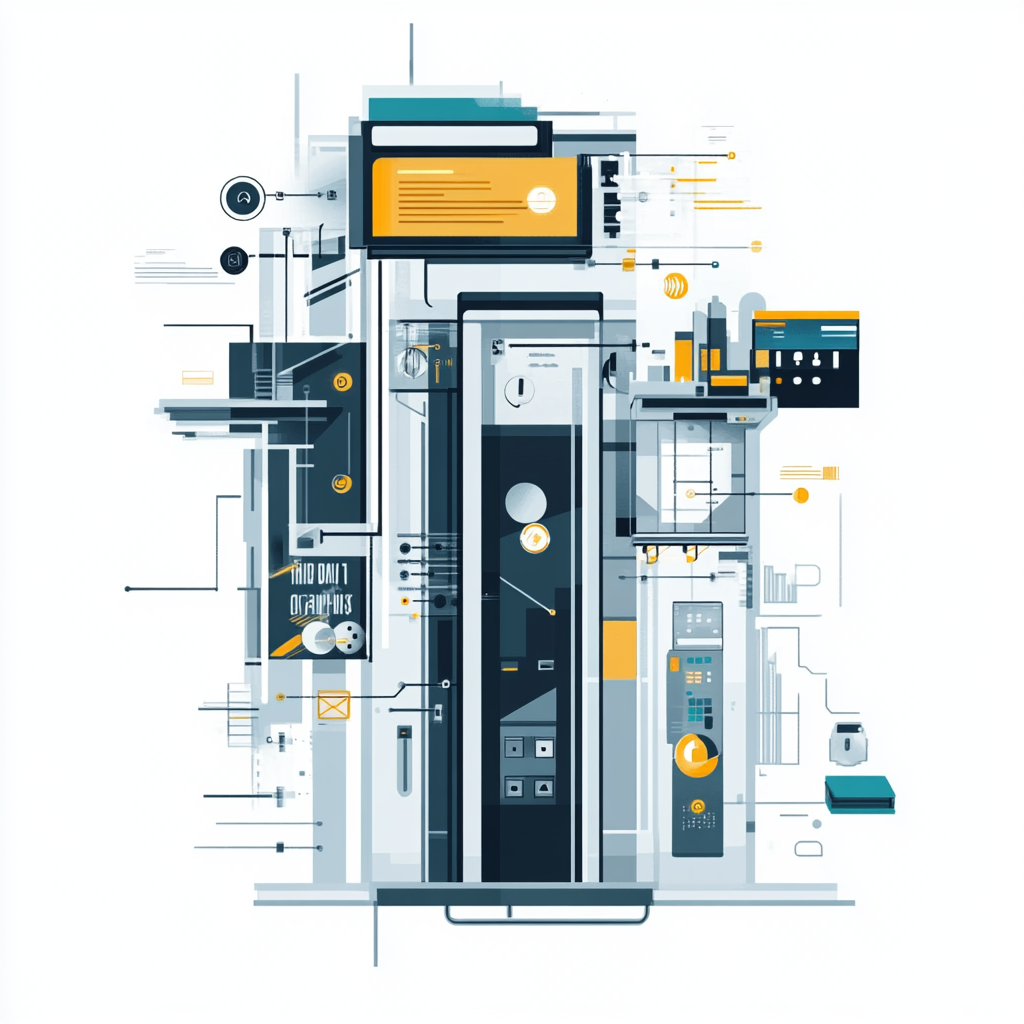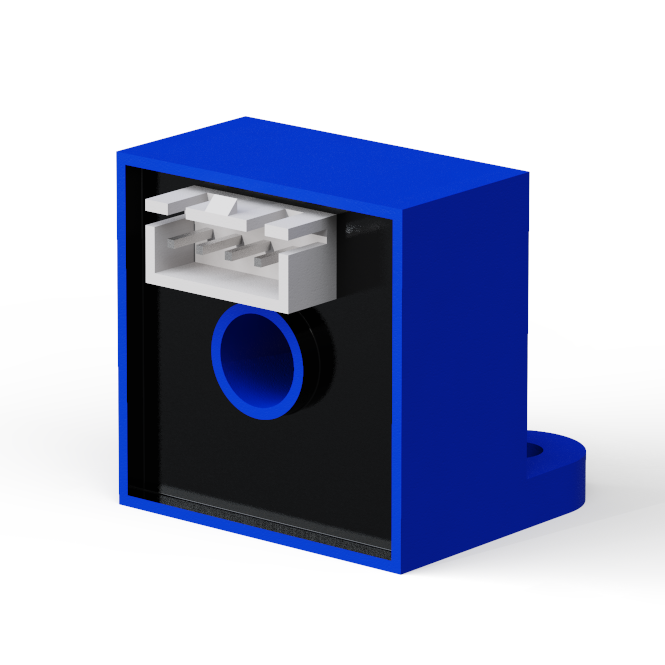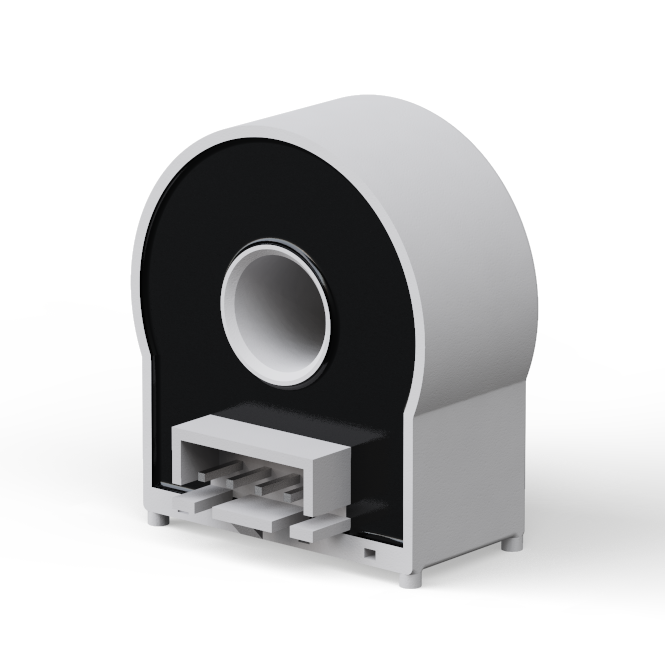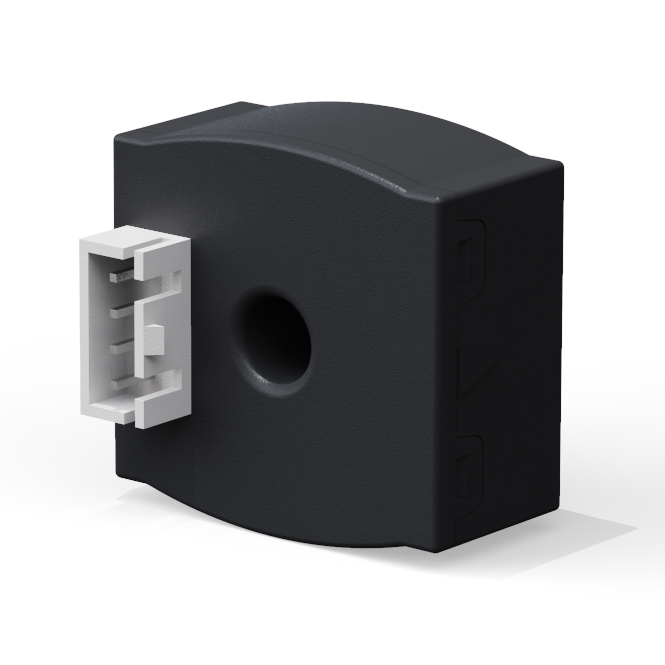Our Location
B319, 6433 Yinggang East Road,
Qingpu District, Shanghai

The global elevator IoT market is currently in a period of rapid growth, showing strong development momentum. According to market research data, the global elevator IoT market size has reached $27.56 billion in 2024 and is expected to grow to $32.27 billion by 2025, with a compound annual growth rate (CAGR) of 17.1%.
With the integration of IoT technology and elevator business scenarios, elevator IoT has emerged to ensure elevator safety, create a safe riding environment for passengers, and provide convenient and efficient maintenance operations for maintenance personnel!
The core value of high-precision current sensors in elevator IoT: data-driven security innovation
In the context of frequent elevator safety accidents, predicting faults in advance has become a necessity in the era of the Internet of Things. According to statistics, in 2022, the proportion of elevator failures caused by current monitoring failures reached 34%, and installing high-precision current sensors in the system can reduce the failure rate by 76%. As the “core sensing unit” for elevator safety monitoring, DeXie high-precision current sensors are reshaping elevator safety standards through hard core indicators such as μ A-level accuracy and ms level response.
Elevator safety pain points: three major failure scenarios of traditional detection methods
1.Hidden current anomaly missed detection
A quality inspection report from a certain city shows that 63% of elevator motor faults are caused by current harmonic distortion (THD>5%) due to winding aging, but the traditional clamp meter’s 2% accuracy cannot identify the initial 2% -3% distortion signals.
2.Instantaneous overcurrent not captured
When the gantry crane is blocked, it may produce a current peak that lasts only 10ms and reaches an amplitude of 300% of the rated value. The 100ms response speed of conventional sensors will inevitably miss detection.
3.Environmental interference leads to false alarms
The 20-100kHz electromagnetic interference generated by frequency converters, intercoms, etc. in elevator shafts can increase the false alarm rate of low immunity sensors to 15%
DEXIE Solution: Defining a New Standard for Elevator IoT Sensing



Product Features:
Integrated design with high integration: integrating current sensing module, signal conditioning circuit, ADC conversion, and communication interface into a single package, without the need for external voltage dividers or amplifiers.
Small size and space adaptability: Suitable for narrow spaces inside elevator control cabinets, especially in the renovation of old elevators where there is no need to expand the electrical cabinet.
Good linearity